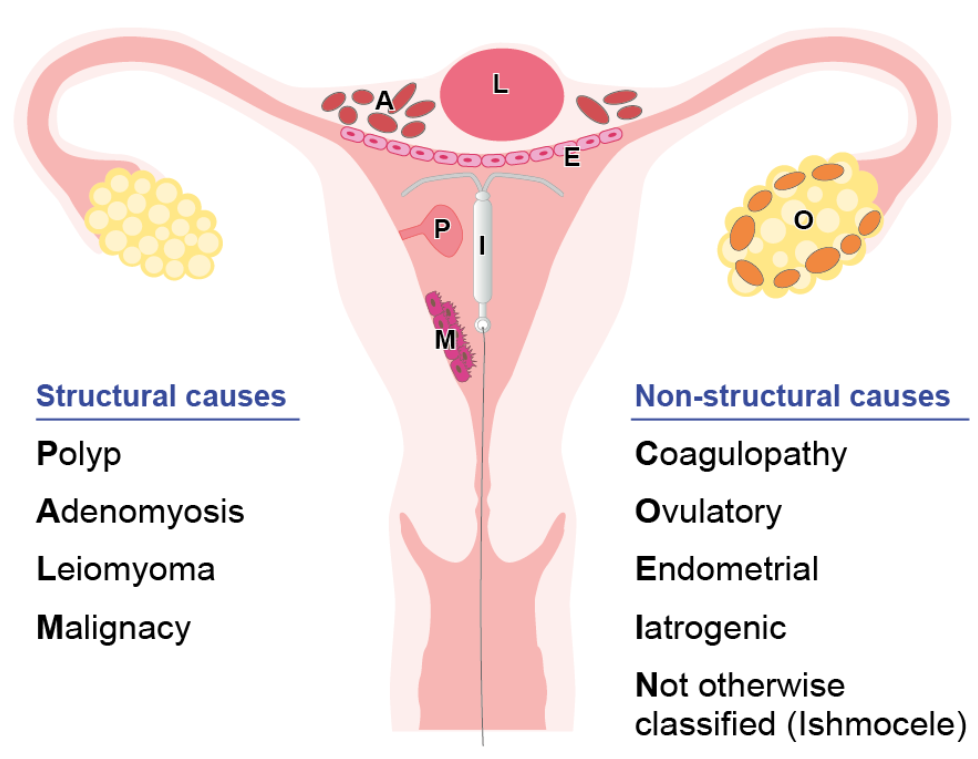Title: Understanding Metrorrhagia: Signs, Symptoms, Causes, Risk Factors, Diagnosis, Prevention, Diet, Lifestyle, and Homoeopathic Medicine
Introduction:
Metrorrhagia is a condition characterized by irregular or abnormal uterine bleeding that occurs between menstrual periods. It can be a concerning issue for women and may be accompanied by various symptoms. In this blog post, we will delve into the signs, symptoms, causes, risk factors, diagnosis methods, prevention strategies, diet and lifestyle considerations, and the potential role of homoeopathic medicine in managing metrorrhagia.
Signs and Symptoms of Metrorrhagia:
1. Irregular bleeding: Bleeding between menstrual periods or prolonged bleeding beyond the usual duration of menstruation.
2. Heavy or light bleeding: The flow may vary from light spotting to heavy bleeding.
3. Menstrual cycle changes: Alterations in the length of the menstrual cycle.
4. Pelvic pain or discomfort: Mild to severe abdominal pain or cramping.
5. Fatigue and weakness: Feeling tired or weak due to excessive or prolonged bleeding.
Common Causes of Metrorrhagia:
1. Hormonal imbalance: Fluctuations in estrogen and progesterone levels can disrupt the normal menstrual cycle.
2. Uterine fibroids: Noncancerous growths in the uterus that can cause abnormal bleeding.
3. Polyps: Small, benign growths in the uterine lining that can lead to irregular bleeding.
4. Endometriosis: The presence of endometrial tissue outside the uterus can cause abnormal bleeding.
5. Hormonal contraception: Some forms of birth control, such as hormonal intrauterine devices (IUDs) or contraceptive pills, can lead to breakthrough bleeding.
Risk Factors for Metrorrhagia:
1. Hormonal imbalances: Women with underlying hormonal disorders are more prone to experiencing metrorrhagia.
2. Uterine abnormalities: Conditions such as fibroids, polyps, or adenomyosis increase the risk.
3. Reproductive age: Metrorrhagia is more common in women during their reproductive years.
4. Stress and lifestyle factors: Chronic stress, excessive exercise, and poor nutrition can contribute to hormonal imbalances and abnormal bleeding.
Diagnosis of Metrorrhagia:
Diagnosing metrorrhagia involves several approaches, including:
1. Medical history and physical examination: Discussing symptoms and medical history with a healthcare professional.
2. Pelvic ultrasound: Imaging technique to evaluate the uterus and detect any abnormalities.
3. Hormone level testing: Blood tests to assess hormone levels and identify any imbalances.
4. Endometrial biopsy: A small sample of the uterine lining is taken for microscopic examination.
Prevention Strategies, Diet, and Lifestyle Considerations:
1. Maintain a healthy weight: Obesity can contribute to hormonal imbalances and abnormal bleeding.
2. Manage stress: Practice stress management techniques like meditation, yoga, or engaging in hobbies.
3. Balanced diet: Consume a nutritious diet rich in fruits, vegetables, whole grains, and lean proteins to support hormonal balance.
4. Avoid smoking and excessive alcohol consumption: These habits can disrupt hormone levels and contribute to metrorrhagia.
Homoeopathic Medicine for Metrorrhagia:
Homoeopathic treatment for metrorrhagia aims to address the underlying causes, regulate hormonal balance, and promote regular menstrual cycles. Some commonly used homoeopathic remedies for metrorrhagia include:
1. Sepia: Indicated for metrorrhagia with irregular and copious bleeding.
2. Sabina: Recommended for metrorrhagia with heavy bleeding and pain.
3. China officinalis: Used for metrorrhagia with
weakness and exhaustion due to excessive bleeding.
It is crucial to consult a qualified homoeopathic practitioner for an accurate diagnosis and individualized treatment plan based on your specific symptoms and overall health.
Conclusion:
Metrorrhagia can be a distressing condition for women, but with proper understanding and management, it can be effectively addressed. By recognizing the signs, understanding the causes and risk factors, pursuing an accurate diagnosis, adopting preventive measures, considering dietary and lifestyle adjustments, and exploring the potential benefits of homoeopathic medicine, women can take steps towards managing metrorrhagia and promoting hormonal balance. Always consult healthcare professionals for an accurate diagnosis and to create a comprehensive treatment plan tailored to your specific needs.




Leave a Message